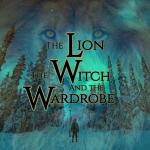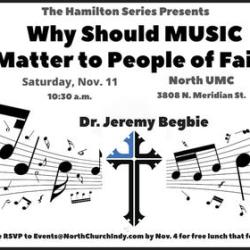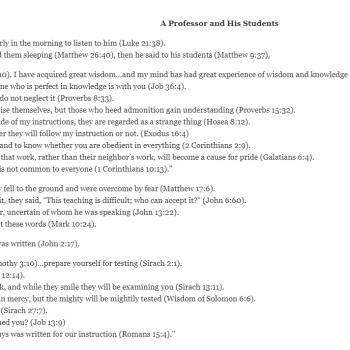A great many of my blog posts are born from the unexpected intersections and connections between things that I research, teach, hear, and read.
This one is sparked by beginning to watch the TV series The Good Lord Bird. The title does not immediately make its reference clear, much less what the focus of the story will be. The series about the abolitionist John Brown. The first episode is prefaced by the disclaimer that “All of this is true. Most of it happened.” The first episode of this series on ShowTime is on YouTube and so you can watch it even without a subscription:
https://www.youtube.com/watch?v=1Q-4N7QaxT8&app=desktop
It doesn’t matter whether you share my interests to have come across the abolitionist John Brown before. Indeed, people with greater interest in United States history, and specifically the Civil War, than my own will probably be surprised and disappointed not only by my previously extremely vague and imprecise awareness of him. But if you share my taste in music you will have seen a depiction of him.
That’s John Brown in the painting that serves as the cover art to the first album by the progressive rock band Kansas. The band’s drummer Phil Ehart tells the story of how he saw the mural at the Kansas statehouse as a teenager and decided that if he ever made an album that was what he wanted on the cover. When the time came, he got his wish. The mural is called “Tragic Prelude” and the story behind it is interesting. It depicts Brown holding an actual Bible (with an alpha and omega hinting at Apocalypse) as well as a rifle known as a “Beecher’s Bible” apparently because of its use in the struggle of Christian abolitionists
There are intersections with Butler University, too. Ovid Butler who founded the institution and after whom it is now named, was an abolitionist. My colleague Jason Lantzer wrote a book, Rebel Bulldog, about two brothers who studied at Butler University and who ended up fighting on opposite sides in the Civil War. One of them was at Virginia Military Institute when John Brown’s raid at Harpers Ferry took place and it convinced him he was a northerner at heart. An individual named after the university’s founder, Ovid Butler Knapp, recalled hearing his father tell of John Brown’s activities fighting slavery.
Brown was willing to engage in violence in his effort to end slavery in a way and to an extent that most others were not. He was also convinced that this mission of his was required by his Christian faith. His story undoubtedly makes us uncomfortable today, yet it is extremely important to know and reflect on. It is an important reminder that Christianity, violence, and concern for social justice are not, as one might think, a case in which one can only pick two of the three. John Brown proves otherwise. Whether the mixture is coherent is of course a different question.
For more on the series see the articles in Slate and Smithsonian Magazine.
The painting in the statehouse that became the album cover of Kansas’ first album also features in this video about the Harpers Ferry raid:
Give Kansas’ first album a listen, whether for the first time or for a long-overdue repeat listen, since it is obviously not their most famous album, as they really came to fame with later albums featuring songs like “Carry on Wayward Son” and “Dust in the Wind.”
https://www.youtube.com/watch?v=ASqPm-IYFhg
In relation to my research on theology and progressive rock, the band’s music and lyrics have religious elements all throughout their history. Guitarist Kerry Livgren was initially something of what we might call a “seeker” and then later he became a born-again Christian. Already on this first album there is exploration of mother nature, of pilgrimage, of talking with the wind, as well as a distinctive sound with violin featured prominently in a way that stood out in the realm of rock music from the very start.
And of course, there’s John Brown holding a Bible and a gun on the cover, fighting against slavery. Whether you encounter him there or via The Good Lord Bird or both, there’s a conversation about religion, fanaticism, oppression, justice, and violence that his role in American history invites us to have.













